When Michael Kotutwa Johnson was 8 years old, he began spending much of his time on the Hopi reservation in Arizona with his grandfather, who taught him how to farm.
For more than 2,000 years, the Hopi have been farming without irrigation in an area of Arizona that receives less than 10 inches of rain a year.
“Hopi is a testament to doing a lot with a little,” Mike says. “A raindrop can raise a whole plant.”
Mike went on to study science and public policy in college and recently earned a Ph.D. in natural resource management at the University of Arizona. He is now living back on the Hopi reservation, farming and working as a research associate at the Native American Agricultural Fund. The fund’s mission is to promote the sustainability and viability of Indian agriculture in America, and Mike’s personal mission is to bring more Hopi back to farming.
I had the opportunity to talk to Mike about the Hopi’s unique way of farming and how it can inspire other farmers seeking to become more resilient to climate change and increasingly finite water supplies. Here’s what he shared with me. Read More











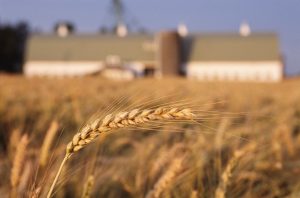 Whether in agriculture or any other business, if you don’t have enough money coming in to pay the bills, it’s hard to find the time or resources for anything other than working to turn a red budget spreadsheet black.
Whether in agriculture or any other business, if you don’t have enough money coming in to pay the bills, it’s hard to find the time or resources for anything other than working to turn a red budget spreadsheet black.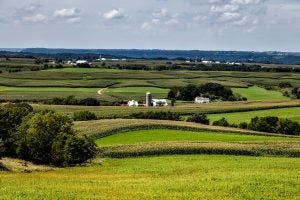 Like all Americans, I woke up on November 9 to a new reality: A few more Democrats in Congress, and yes, a President-elect who promised to dismantle our nation’s core environmental protections.
Like all Americans, I woke up on November 9 to a new reality: A few more Democrats in Congress, and yes, a President-elect who promised to dismantle our nation’s core environmental protections.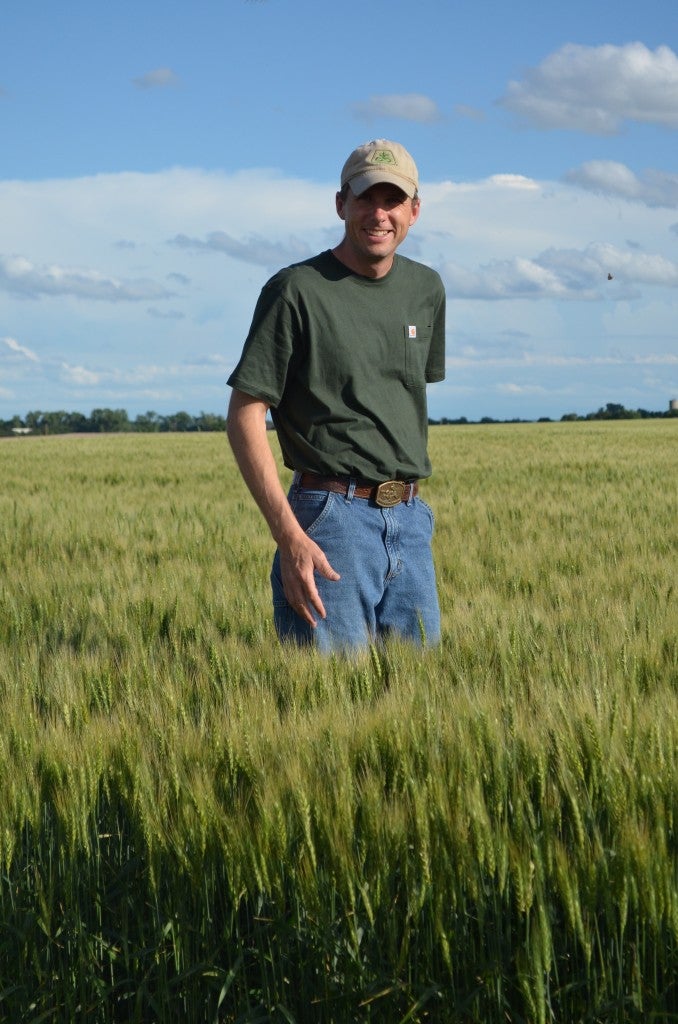 I first met Justin Knopf at a meeting in DC about five years ago. At 6’3”, he definitely stood out, but not just physically. He openly conveyed how important his family and his land are – the reason he cares so much about making sure his Kansas farming operation can live on is for his children. It’s rare to meet someone so articulate, sincere and committed to sustainability.
I first met Justin Knopf at a meeting in DC about five years ago. At 6’3”, he definitely stood out, but not just physically. He openly conveyed how important his family and his land are – the reason he cares so much about making sure his Kansas farming operation can live on is for his children. It’s rare to meet someone so articulate, sincere and committed to sustainability.
 In order for the agriculture sector to deliver on the growing demand for sustainable grain and participate in emerging carbon markets, growers need a way to demonstrate that their management practices are benefiting the environment.
In order for the agriculture sector to deliver on the growing demand for sustainable grain and participate in emerging carbon markets, growers need a way to demonstrate that their management practices are benefiting the environment.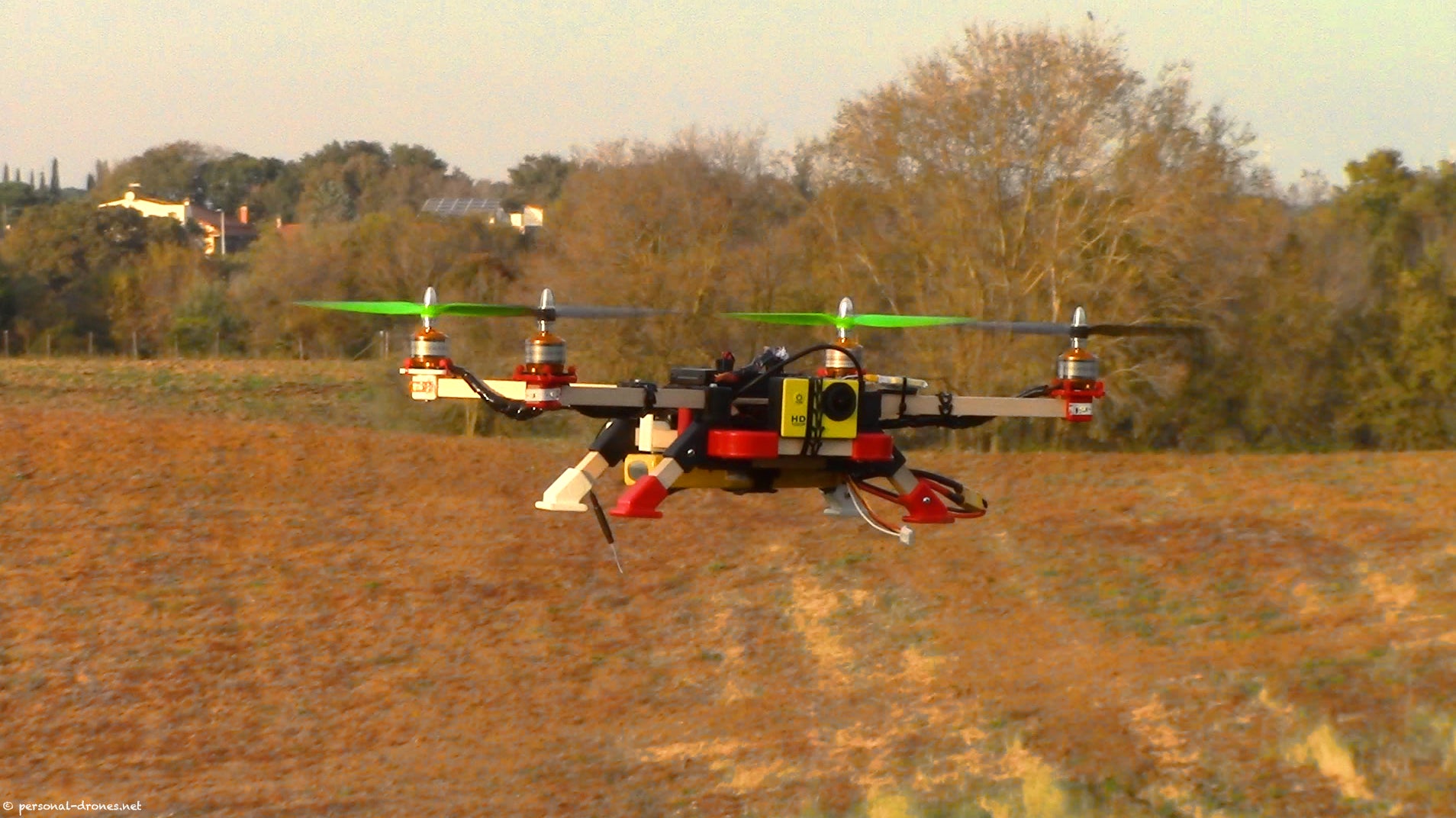
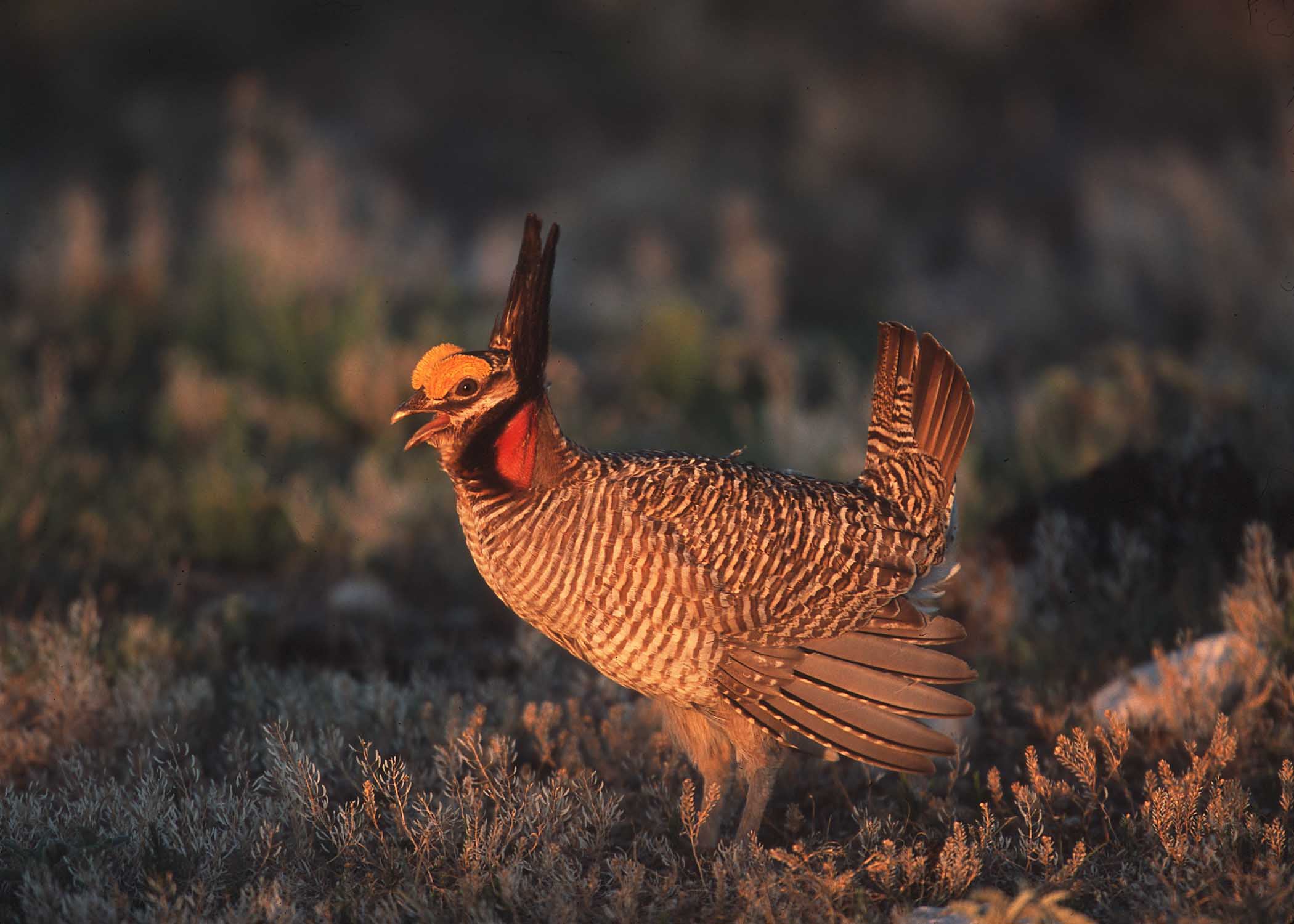
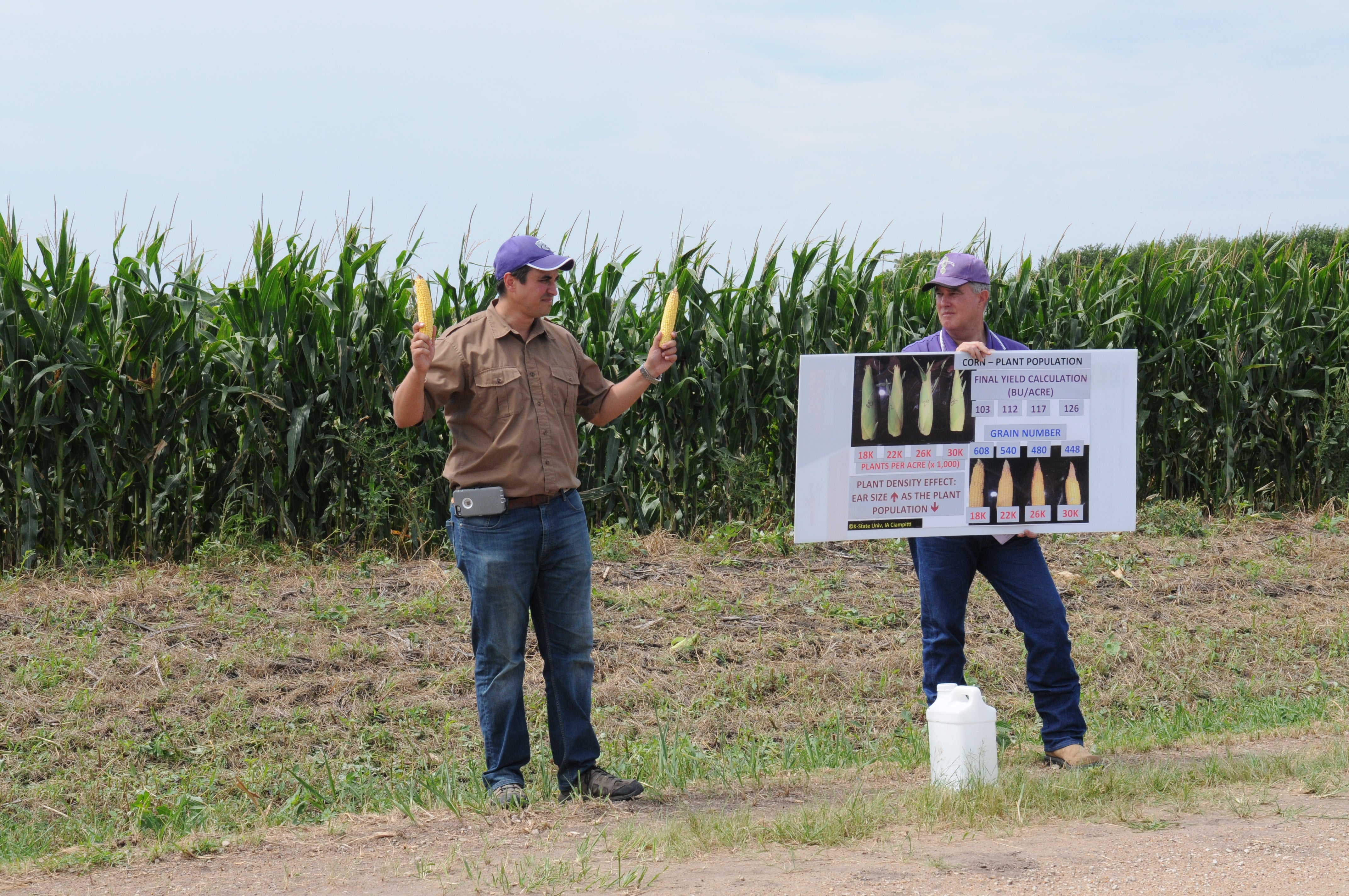 Amidst all the new tools and technologies being developed to make agriculture more sustainable, there is one tried and true method for testing on-site conservation practices that doesn’t get much attention: farmer networks.
Amidst all the new tools and technologies being developed to make agriculture more sustainable, there is one tried and true method for testing on-site conservation practices that doesn’t get much attention: farmer networks.